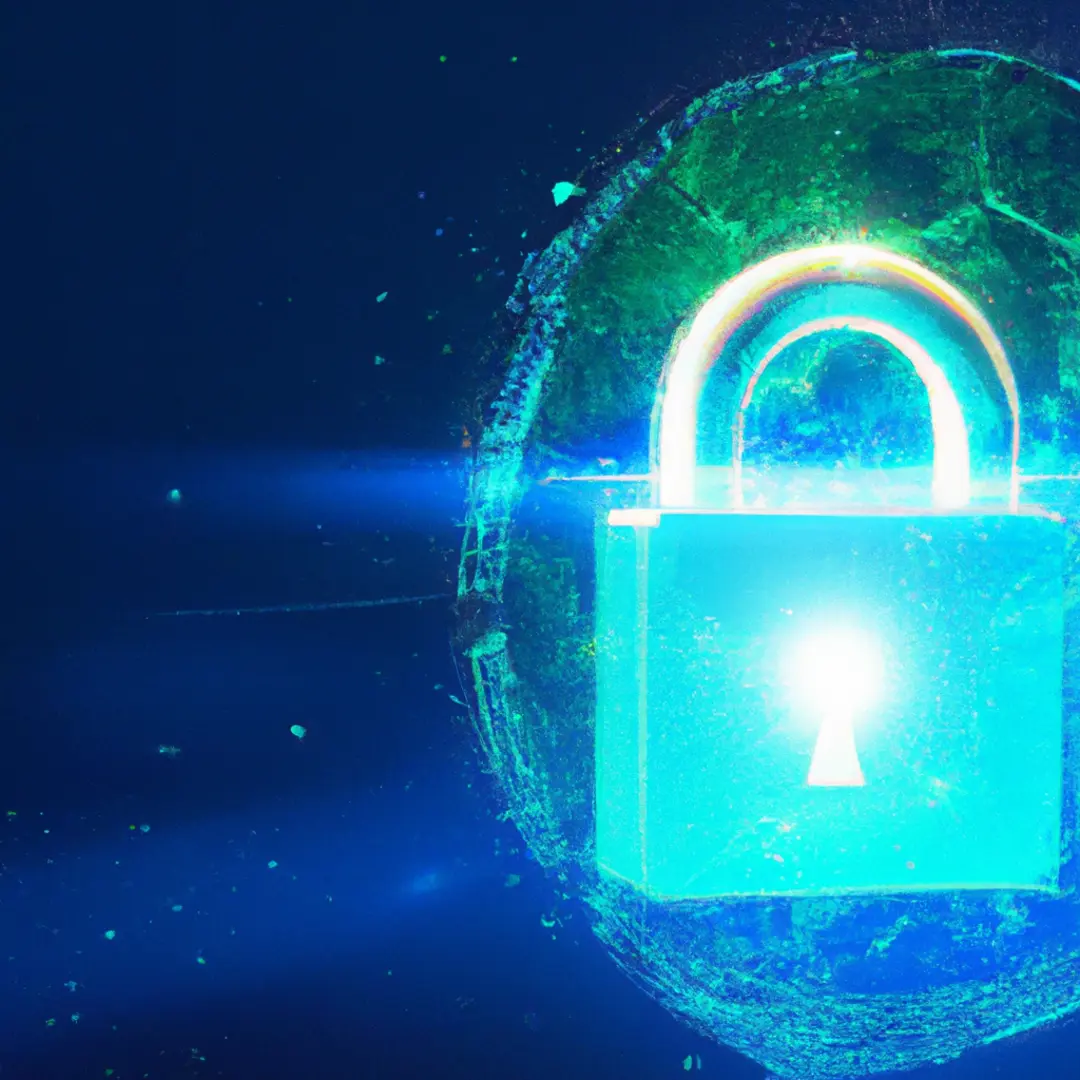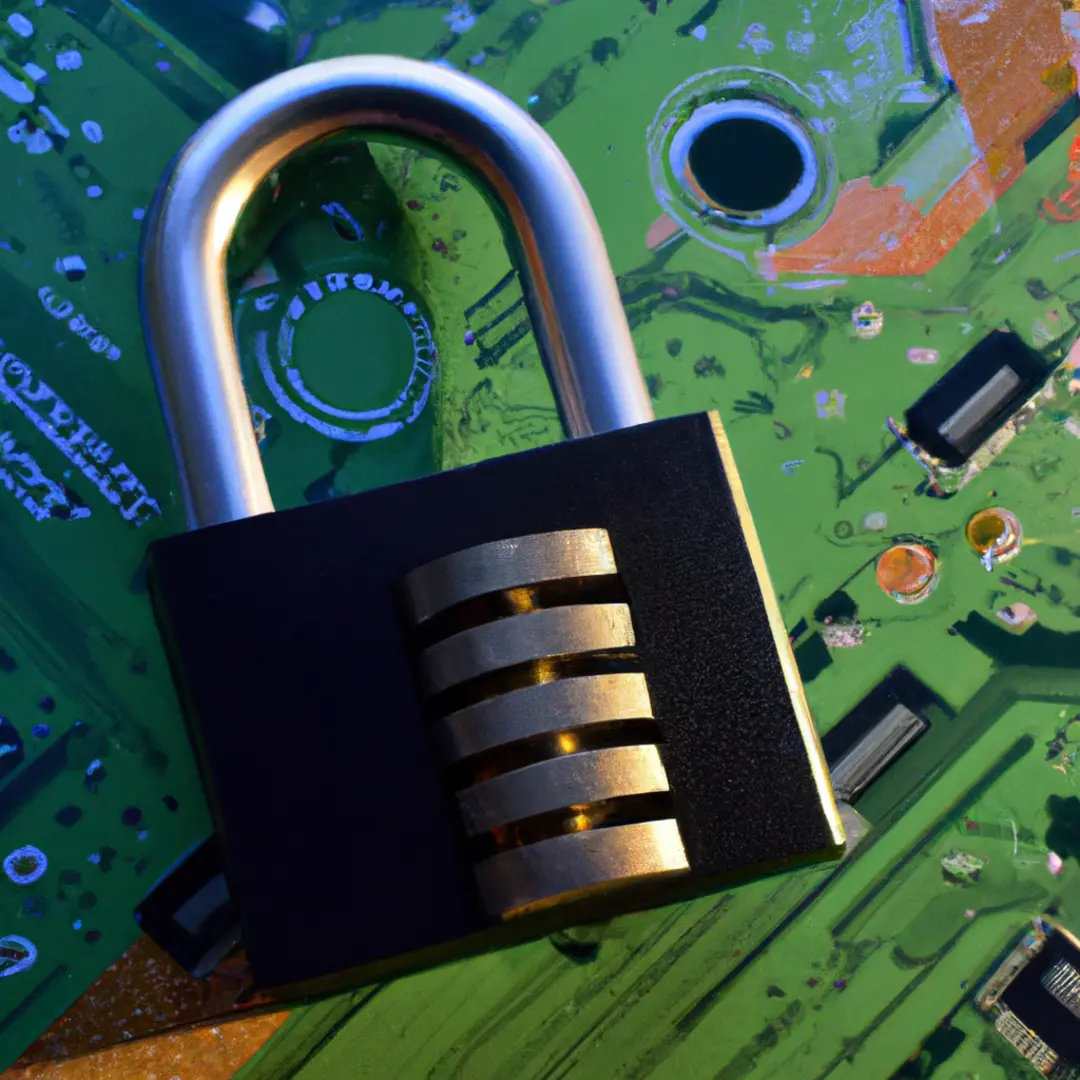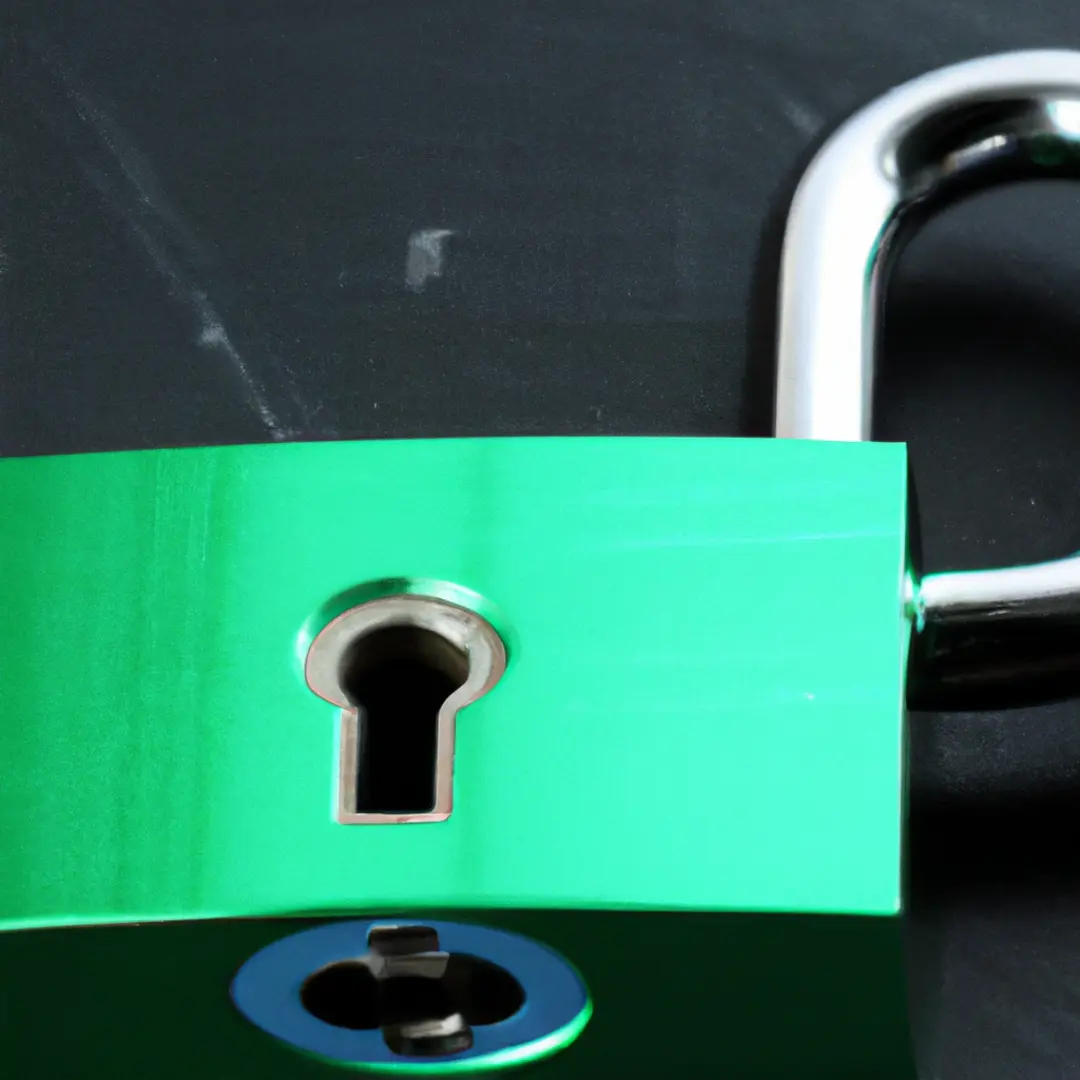Table of contents
- 1. Why is Data Security Crucial for Startups?
- 2. Building a Strong Data Security Foundation
- 3. Key Data Security Measures for Startups
- 4. A Data-Centric Security Approach
- 5. Network Security Optimization
- 6. Ensuring End-Point Security
- 7. The Role of Employee Training in Security
- 8. Having an Incident Response Plan
- 9. Data Privacy Policies
- 10. Getting Cyber Security Insurance
- 11. Regular Audits and Compliance Checks
- 12. Staying Informed about Emerging Data Security Trends
- Conclusion: Make Data Security a Priority in Your Startup
1. Why is Data Security Crucial for Startups?

The Threat Landscape: Always Growing
Startups in the digital world are under constant threat from hackers looking for system vulnerabilities to exploit. Data security isn’t optional—it’s vital to recognize and overcome these challenges.
Data Breaches: Costly on Multiple Fronts
When a data breach occurs, it’s not only financial losses you have to worry about. Your startup’s reputation is at stake, with consumer trust and brand credibility deteriorating.
Laws and Regulations
Every startup needs to acknowledge the legal implications of data breaches. Distinct laws about data security exist in different areas; non-compliance may result in hefty fines and penalties. Startup data security isn’t just about protection; it’s also about meeting legal requirements.
2. Building a Strong Data Security Foundation

Risk Assessment: The First Step
Identify your weaknesses by conducting a thorough risk assessment before implementing any data security measures. Only then can you design effective strategies to keep your startup safe.
Assign a Dedicated Security Team
Designate a team or individual with the necessary skills to oversee data security.
Understanding Your Data Flow
Understanding how data flows within your startup is critical. Identify crucial data touchpoints and secure them effectively.
3. Key Data Security Measures for Startups

Encryption: A Fundamental Security Measure
Always encrypt data, whether it’s at rest in your servers or in transit across networks. This way, even when data falls into the wrong hands, it remains inaccessible.
Strong User Authentication
Implement robust user authentication methods, like multi-factor or biometric authentication and strong password policies, to prevent unauthorized access to sensitive information.
Firewalls and Antivirus Programs: Your First Line of Defense
Combat external threats with firewalls and antivirus programs—they’re your first line of defense against cyber attacks.
4. A Data-Centric Security Approach

Data Minimization and Need-to-Know Access
By practicing data minimization, you limit the volume of sensitive information available, hence reducing the risk of a data breach. A strict need-to-know access policy ensures only authorized individuals access specific data.
Database Security
Database protection should be a top priority, as it often contains valuable information. Access controls and regular backups can protect data from unauthorized access and potential loss.
End-to-End Encryption
Use end-to-end encryption to ensure safe data route from creation to consumption and protect it from interception or tampering.
5. Network Security Optimization

Wireless Network Security
Wireless networks are vulnerable to attacks. Implement strong encryption protocols and change default network settings regularly to enhance your wireless network security.
Using Virtual Private Networks (VPNs)
Virtual Private Networks (VPNs) provide a secure connection for data transmission over the internet. Startups should seriously consider VPN implementation to protect their network traffic.
Network Activity Monitoring
Regular monitoring of network activities can detect anomalies or suspicious behaviors, indicating potential security breaches. Intrusion detection and prevention systems can identify threats before they wreak havoc.
6. Ensuring End-Point Security

Protecting Workstations and Mobile Devices
All workstation and mobile devices should be secured with security software, encrypted storage, and strong password policies. Train employees on safe device use to significantly reduce the risk of security breaches.
Regular Updates and Security Patches
Keep all software and devices up-to-date. Patching and updating regularly is crucial to close vulnerabilities and protect against known threats.
Device Management Software
Use device management software to remotely control and secure devices. This tool ensures compliance with security policies, enforces encryption, configures security settings, and tracks devices.
7. The Role of Employee Training in Security

Regular Cybersecurity Awareness Programs
Regular cybersecurity training can foster a security-conscious culture among the workforce. Covering areas such as password hygiene, phishing awareness, and safe internet browsing habits will empower employees to respond correctly to potential threats.
Craft Data Security Policies and Procedures
A clear guide on data handling, secure password management, and incident reporting can keep your startup running securely.
Simulated Attacks for Training
Simulated phishing and social engineering attacks help assess the effectiveness of your training programs and identify areas for improvement.
8. Having an Incident Response Plan

Plan Your Response
Every startup needs a defined incident response plan, outlining step-by-step actions in case of a security breach, such as communication protocols and procedures for reducing impact.
Keep Your Plan Up-to-Date
Regularly test and update your incident response strategies. Learning from real-world incidents helps refine your response plan and keeps you prepared for potential future threats.
Clear Communication During Incidents
During a security incident, startups must maintain clear communication with customers, partners, and law enforcement agencies. Transparency reassures stakeholders and builds trust.
9. Data Privacy Policies

Familiarize with Global Data Protection Regulations
Startups must understand global data protection regulations, such as the GDPR. Compliance ensures responsible handling of customer data and helps avoid legal repercussions.
Create Privacy Policies that Meet Customer Expectations
Develop a transparent privacy policy that clearly lays out how data is used and gives options to opt out of data sharing.
Regularly Review Data Privacy Measures
Data privacy measures should be reassessed regularly, tweaked to align with evolving legal requirements and changing user expectations.
10. Getting Cyber Security Insurance

Cybersecurity Insurance: A Risk Management Strategy
Cybersecurity insurance helps transfer the risk, offering financial protection against security breaches or data loss.
Understand Your Coverage
Every startup needs to understand what their cybersecurity insurance policy covers. Policies vary, so ensure your cover aligns with your startup’s specific risks and needs.
Selecting the Right Policy
Choosing the right cybersecurity insurance requires careful consideration. Evaluate multiple options and compare coverage and costs. Seek expert advice if needed.
11. Regular Audits and Compliance Checks

Schedule for Security Audits
Regular security audits identify vulnerabilities and help maintain a secure posture. Audits should be scheduled ahead of time to be proactive in addressing threats.
Compliance with Security Standards
Adhering to specific security standards not only helps protect data but shows commitment towards maintaining a safe environment for customers and stakeholders. This step is especially critical for startups in regulated industries.
Work with Third-Party Security Services
Unbiased assessments from third-party security services can help identify blind spots, suggest improvements, and validate that a startup’s security measures align with industry best practices.
12. Staying Informed about Emerging Data Security Trends

Stay Updated on Security Technologies
Staying informed about the latest security trends and technologies helps startups stay ahead of the curve, enabling better data security strategy formulation.
Be Responsive to Emerging Threats
The cyber threat landscape is ever-changing, and startups need to be quick to react. Investing time in staying informed and reassessing security measures against new threats is crucial.
Engage in Cybersecurity Communities
Join cybersecurity forums and networks to exchange experiences and learn from industry experts. This engagement helps stay updated about current threats and best practices.
Conclusion: Make Data Security a Priority in Your Startup

Integrating Security with Business Goals
Proper data security supports a startup’s overall success and sustainability. Therefore, security should be an integral part of any business growth strategy.
Build Trust with Robust Data Protection
Robust data protection builds trust, essential for attracting and retaining customers. By making data security a priority, startups enhance their reputation and gain a competitive advantage.
Continuous Improvement is Key
Data security isn’t a one-off task—it requires continuous assessment, improvement, and adaptation for staying ahead of evolving threats. This commitment is what differentiates industry leaders.



